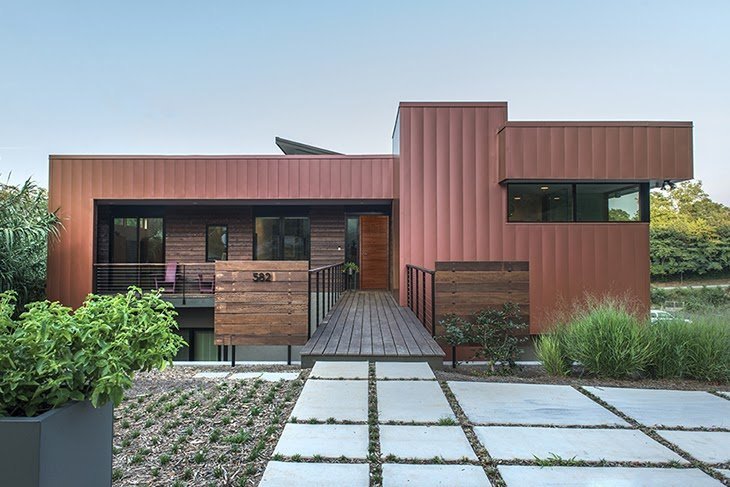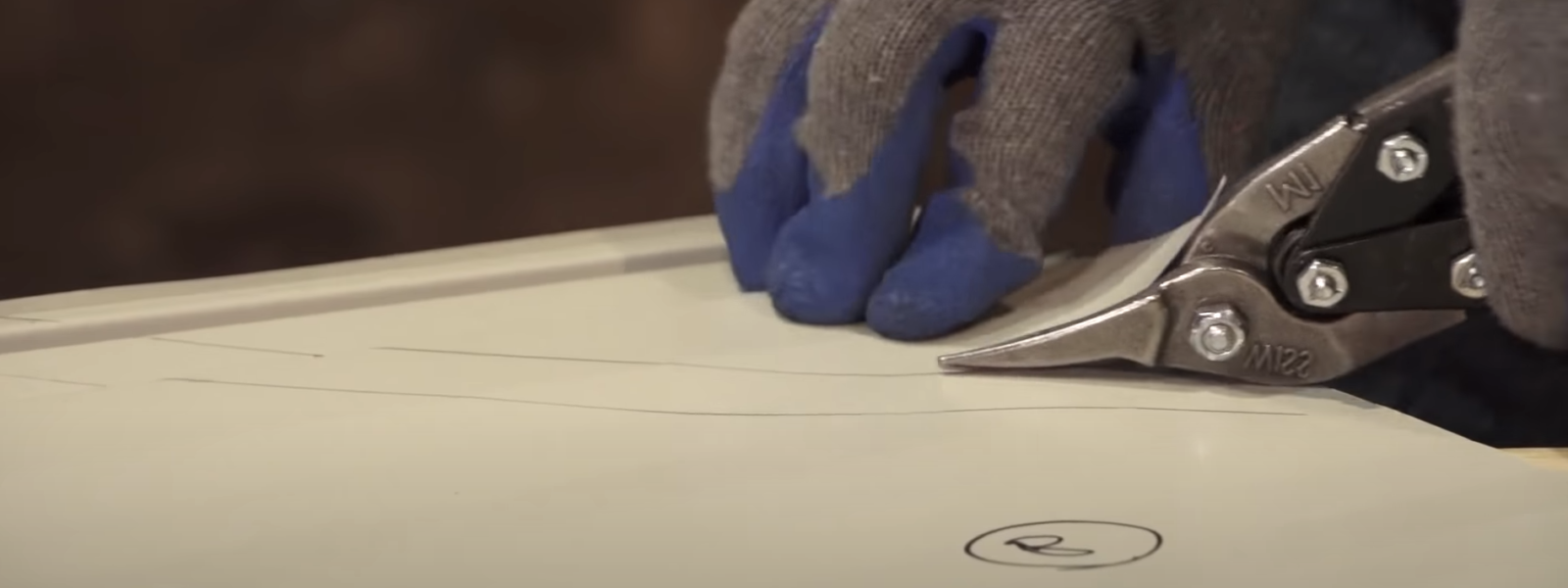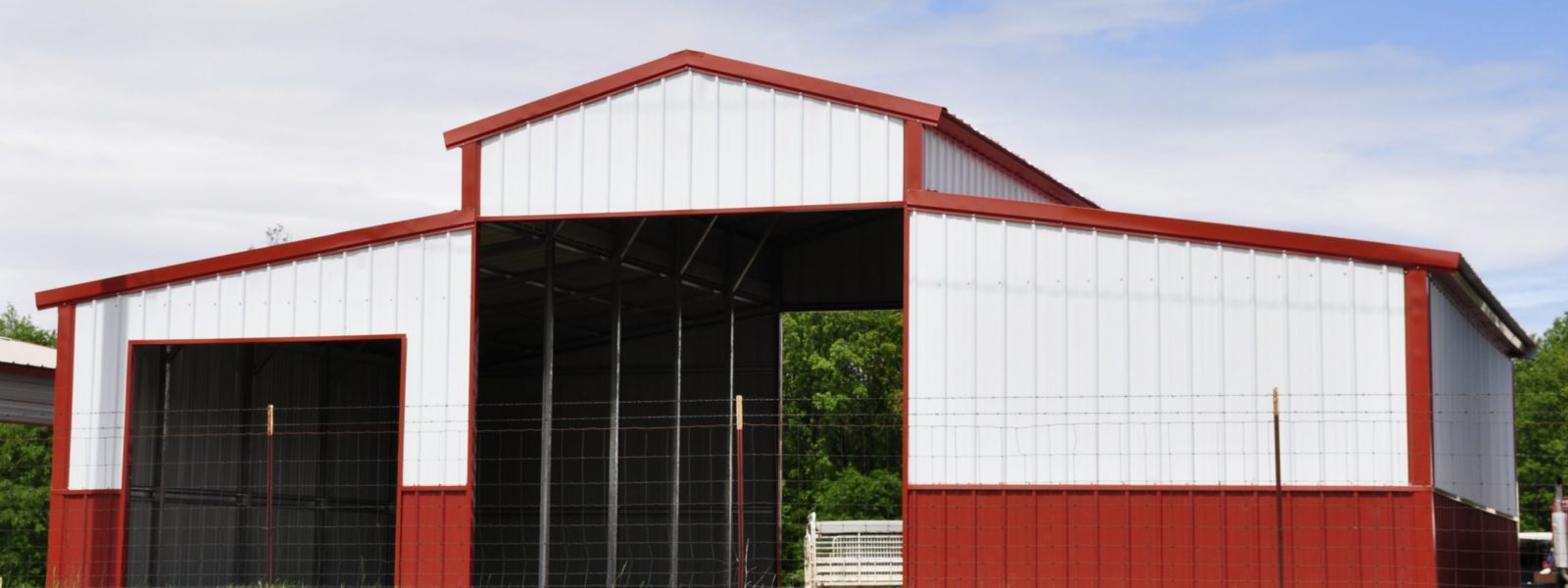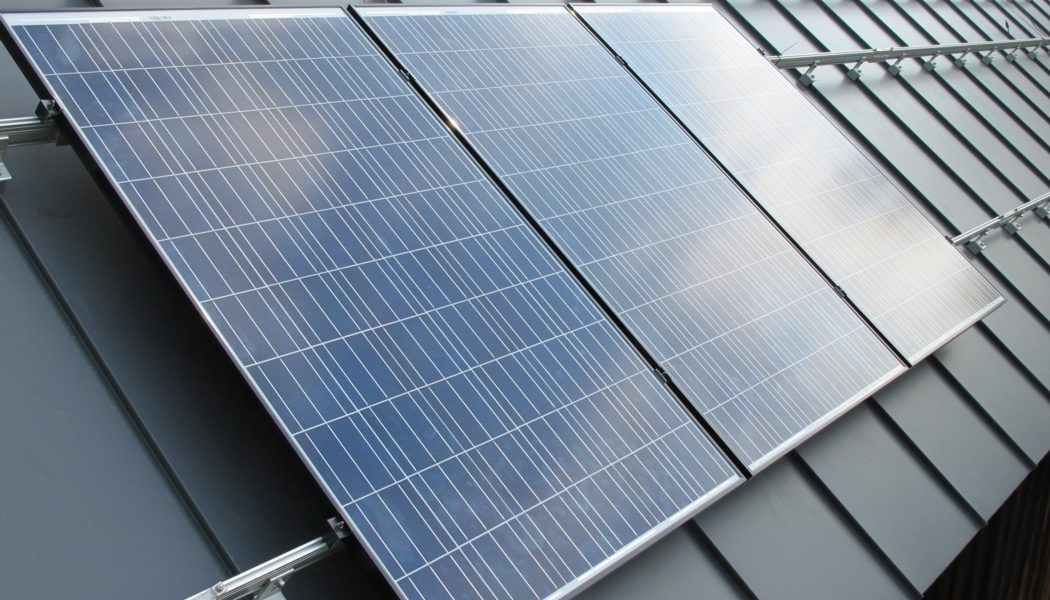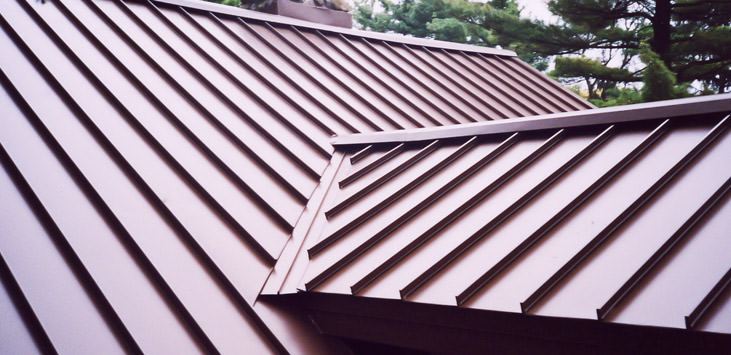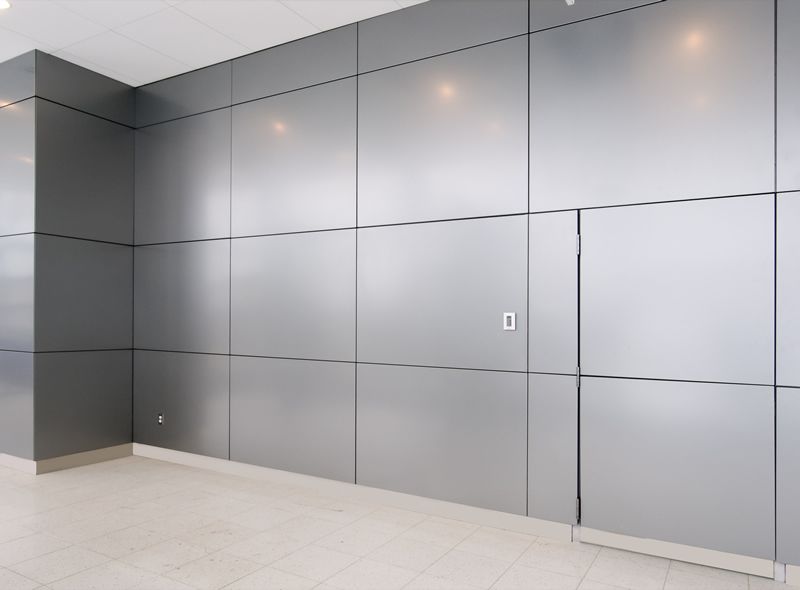Insulated Metal Panels are quickly becoming the new buzzword amongst building owners, designers, and contractors. These insulated panels offer a plethora of advantages – from malleable design, ease of installation, and above all, sustainability. But in what building environment do these panels perform best? It may not surprise you to learn the answer.
Insulated Metal Panels are ideal for a wide range of wall and roofing applications. Bringing with them improved energy efficiency, air and moisture control, versatile colors and finishes, and an overall lower cost over their lifetime thanks to their ease of installation and low-effort maintenance. So whether your building is residential, commercial, industrial, or agricultural, metal wall panels will bring an attractive and elegant look to your project while providing excellent R-values.
Agricultural Applications
Gone are the days of unsightly agricultural buildings. Aesthetically pleasing and durable agricultural steel panels are a perfect fit for the demanding nature of farm and ranch buildings. Offering resistance and strength under extreme temperatures, as well as temperature control ideal for housing livestock, crops, or machinery. Metal panels can also be used in roll-up doors, arenas, and ranches.
Commercial Applications
Common commercial applications utilizing metal panels include retail stores, auto dealerships and repair shops, banks, restaurants, hotels, and office buildings. And it’s no wonder they are so widely used! What building owner doesn’t love reduced energy costs and lower maintenance requirements? Not to mention the unique shapes, colors, and textures metal panels can provide to the interior of the space.
Residential Applications
The most widely recognized residential application of metal panels would be a metal roof. Ideal for their long lifespan, metal panels make the perfect choice for a residential roof or modern exterior flair. In the unlikely event of a fire, metal panels may also be able to prevent your home from succumbing to the flames thanks to their fire resistant capabilities!
Insulated metal panels have resulted in better buildings, better designs, greater energy efficiency, and improved standards of living. Would you like to learn more about how metal panels can be used to enhance your building? Our qualified team of professionals would be happy to help! Contact us today at 519-451-7663 or info@ecoinsulatedpanels.com.

